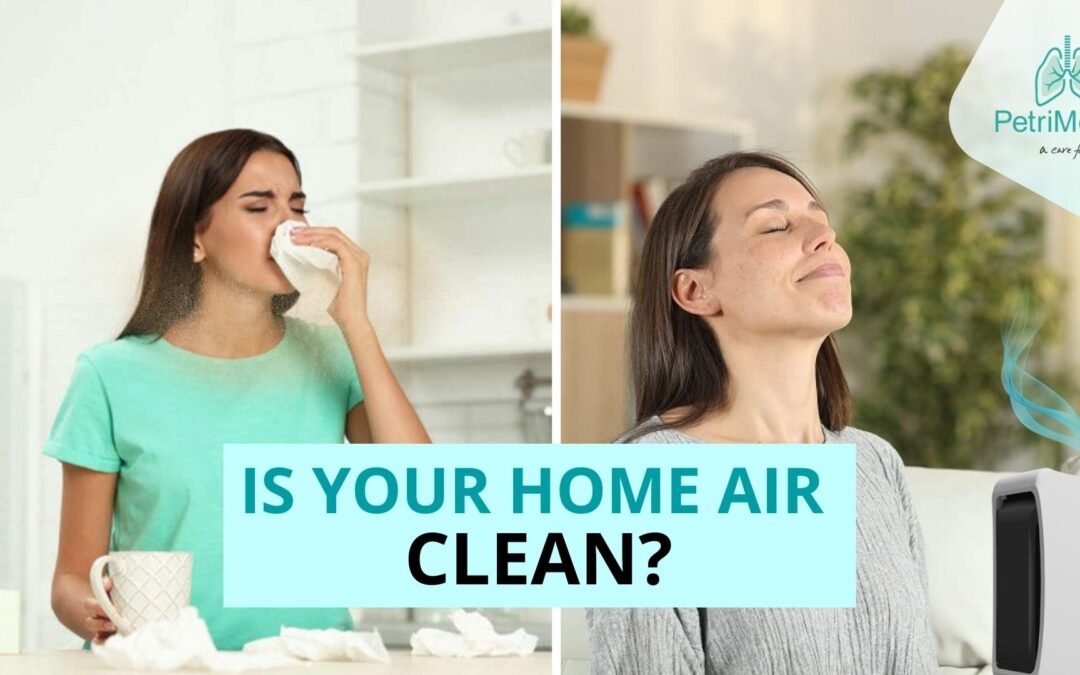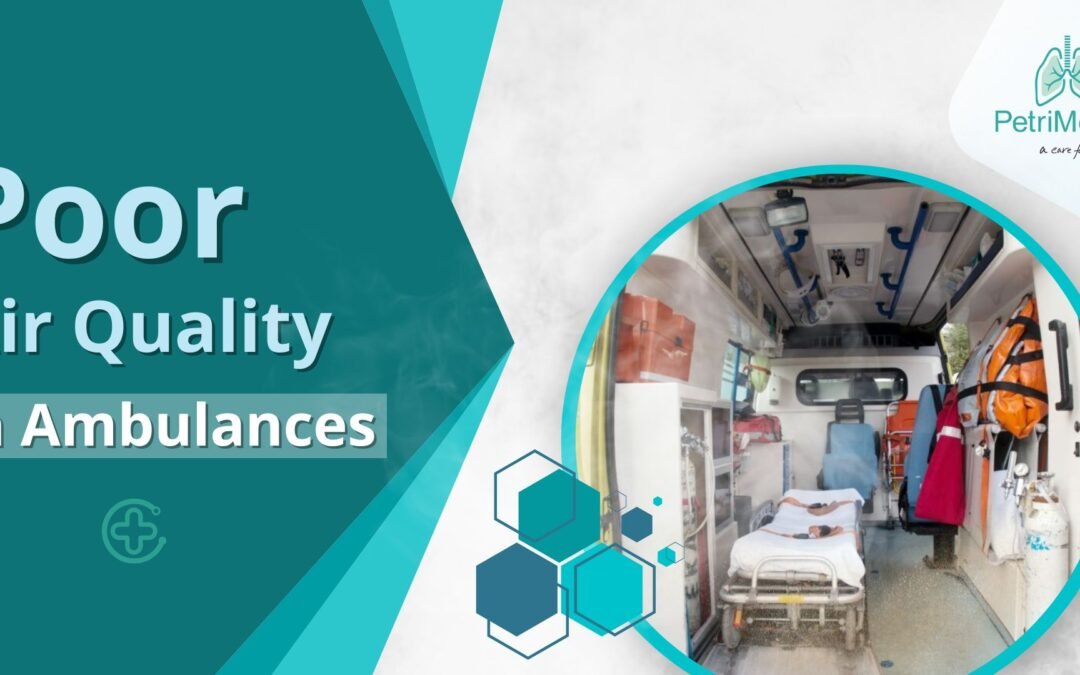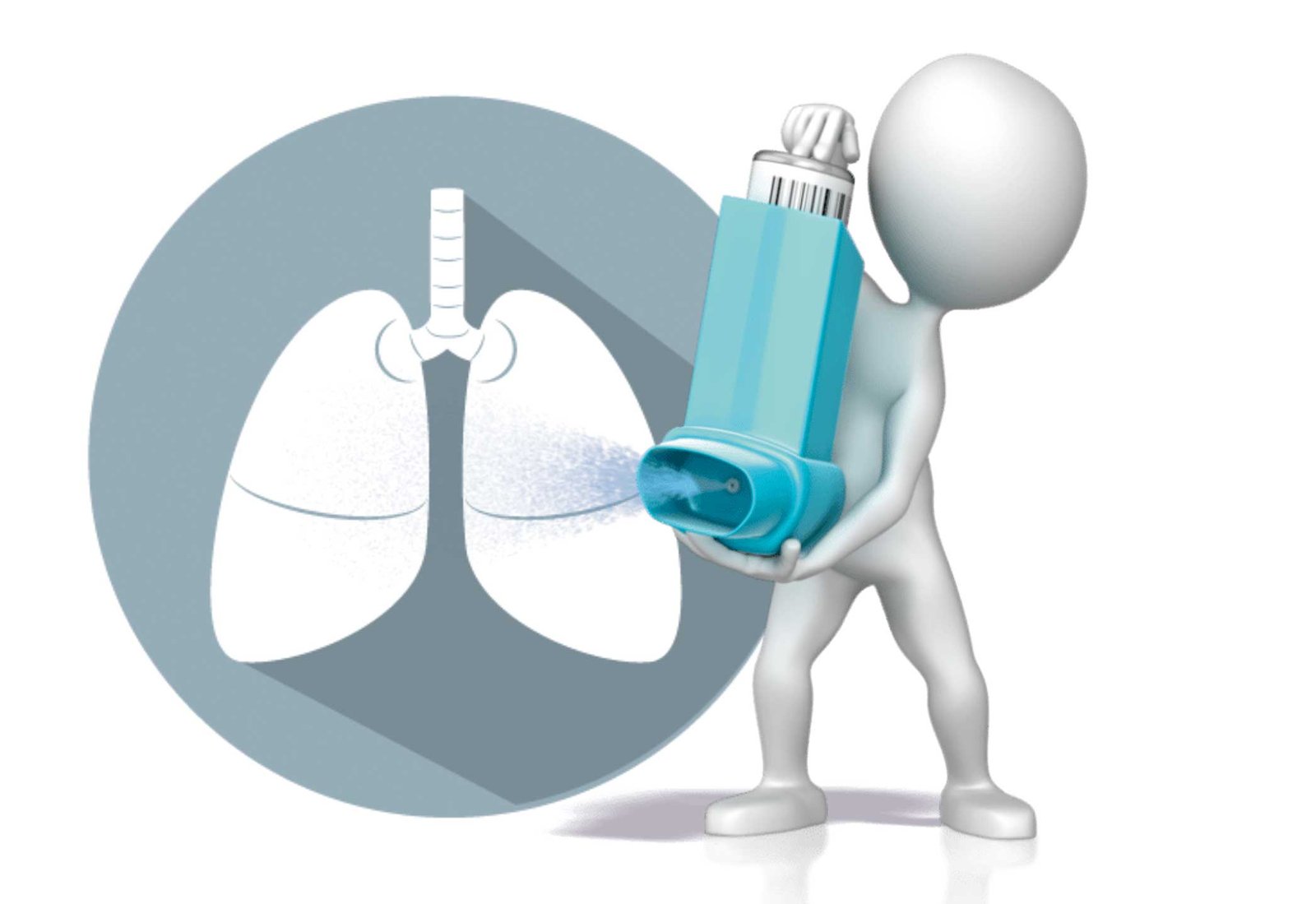Did you know that some of the pollutants in closed environment can be up to 5 times more concentrated than the pollutants in outdoor environment. The way we conduct our day-to-day doings in our home is adding harmful pollutants to the air inside, and it seems to become more hazardous by a fact that the households spend more than 85% of their lives indoors.
The prevalence of asthma and allergies including atopy has increased during the past decades, particularly in developing countries.
Indoor environment is an important source of health risk factors, particularly for children and elderly considering the fact that they spend more than 90% of their time indoors. The indoor environment quality depends on several indoor sources including the air that penetrates from outdoor.
There are several sources of indoor air pollutant discharged in closed environment. The air inside homes is the combination of many polluting agents generated by many indoor sources. Based on their possible health impacts and intensity, as well as their prevalence, indoor contaminants are known in several categories. It comprises of the several agents like PM2.5, airborne allergens, dust mites, carbon monoxide (CO) and NO2, TVOCs, and others.
Exposure to indoor air pollutants can cause health effects ranging from sneezing and coughing to outcomes such as cancer and exacerbation of chronic respiratory disorders such as asthma.
Asthma, manifested by attacks of excessive airway narrowing leading to shortness of breath and wheezing, can be triggered by the high concentration of allergens and other pollutants in the home, but some scientific studies have concluded that the symptoms can also be caused by the exposure to ultrafine particles like nitrogen dioxide and environmental tobacco smoke (ETS).
Major components such as ozone, fossil fuel combustion, and other particulate pollutants have the high concentration of sulfur that can create acid particles and are easily deposited in the upper airway. And due to which the airways get inflamed and constricted, leading to symptoms like breathing difficulty, and increase the risk of chronic bronchitis.
Ways to Reduce the Concentration of Allergens and Other Pollutants:
Allergens are a major asthma trigger, and according to several studies, there can be several types of allergens in your home such as dust mites, pets, molds and cockroaches.
The best way to neutralize allergens is to follow some measures such as cleaning space and keeping the things clean. Dust mites spread in wet and soft-surfaced places like bedding, mattresses, pillows, sofas and carpets—it is necessary to keep cleaning these things to eliminate the allergens.
Control The Indoor Air
Controlling indoor air is one of the most effective measures for reducing allergens. Cigarette smoke, wood smoke, dust mites, scented products like candles, flowers, perfumes, cleaning supplies, and laundry products can be a major agent to trigger asthma allergic symptoms. And you can keep all these things out of your home by using an advanced air cleaning solution.
PetriMed CA Air Purification System offers a medical-grade air cleaning solution engineered with HEPA H14, pre-activated carbon filter with antibacterial layer, UVC, and air ioniser. It is efficient to remove 99.999% of allergens and particulate pollutants from indoor spaces.
Contact US

Vaping Is A High Risk For Young Hearts
For decades, the news had been so good. The number of teenagers smoking tobacco products was falling. “Billions of dollars, tons of manpower and effort, were spent on informing y.oung people about the harms of smoking,” said a cardiologist. “And we were successful. Smoking rates across…

Is Your Home’s Air Clean?
The air we breathe in a closed space affects our health and ability to fully contribute to society and live a healthy our healthiest lives. For over two years, the impact of COVID-19 has highlighted that how clean indoor air plays an important role in response and recovery — the spread of the virus can be reduced…

Risk of Ambient Concentration of Particulate Matters Associated with Ambulance Services in India
An ambulance is a medically equipped vehicle which transports patients to treatment facilities, such as hospitals. Typically, out-of-hospital medical care is provided to the patient during the transport. Ambulances are used to respond to medical emergencies by emergency medical services…


0 Comments